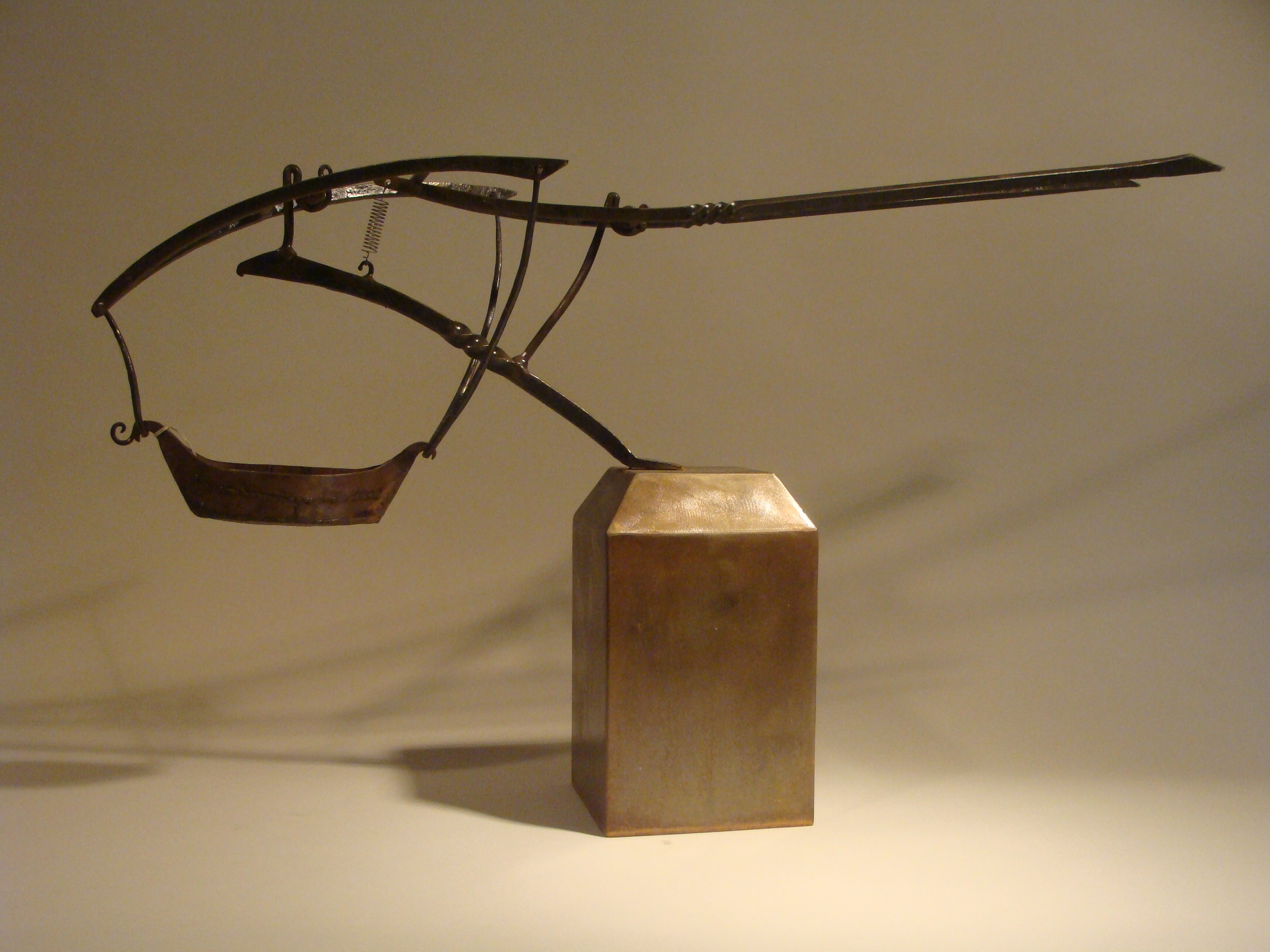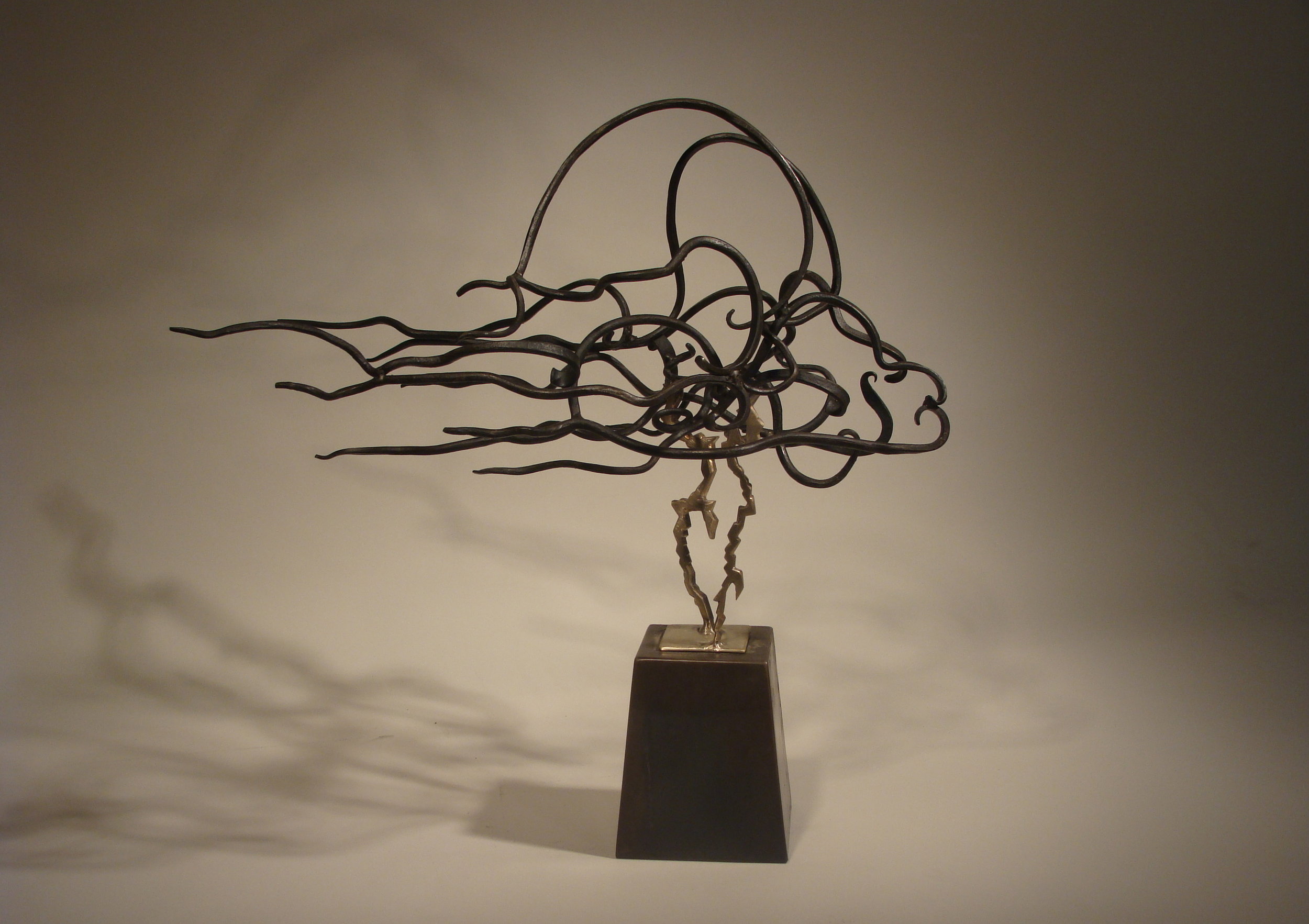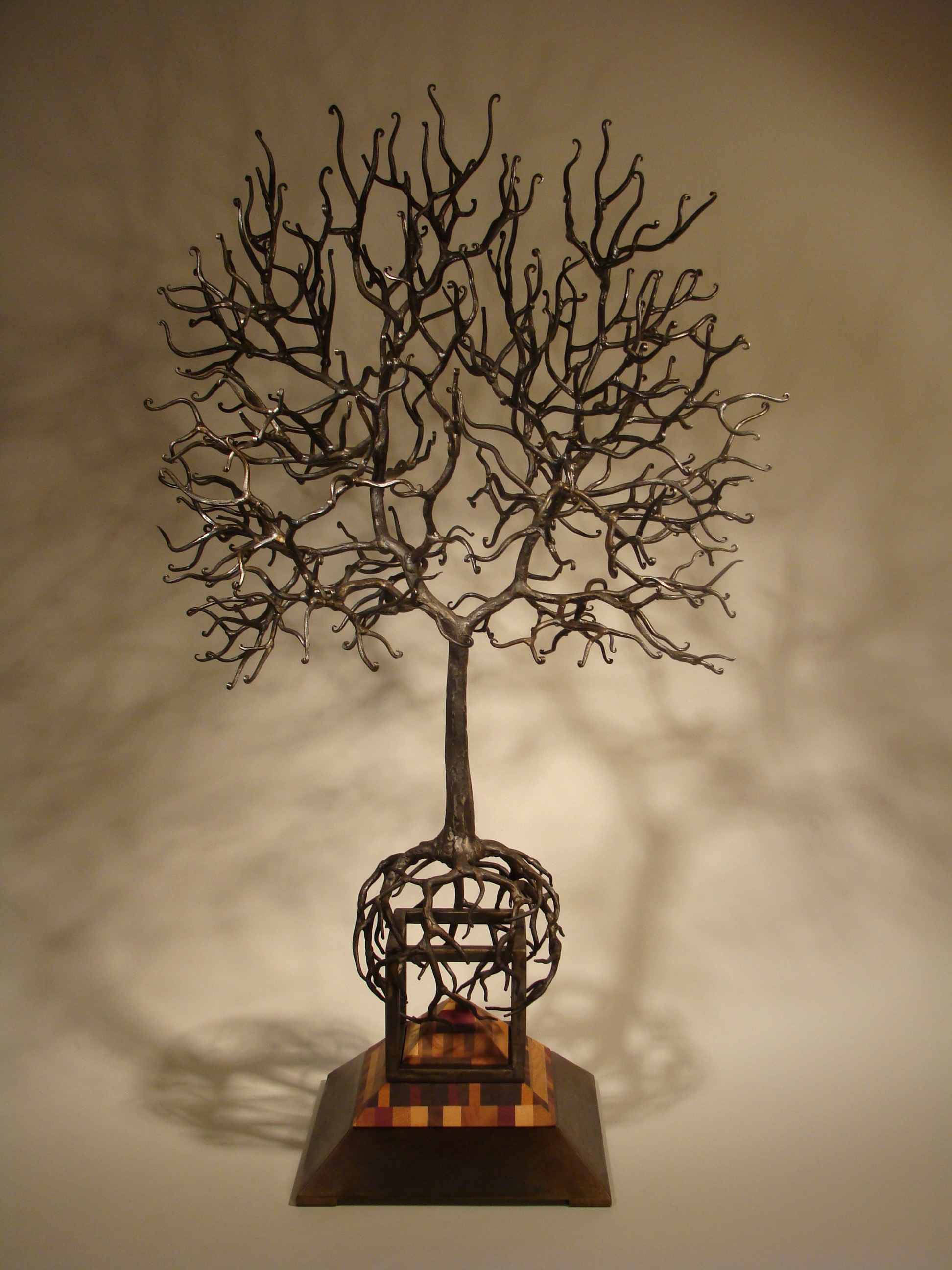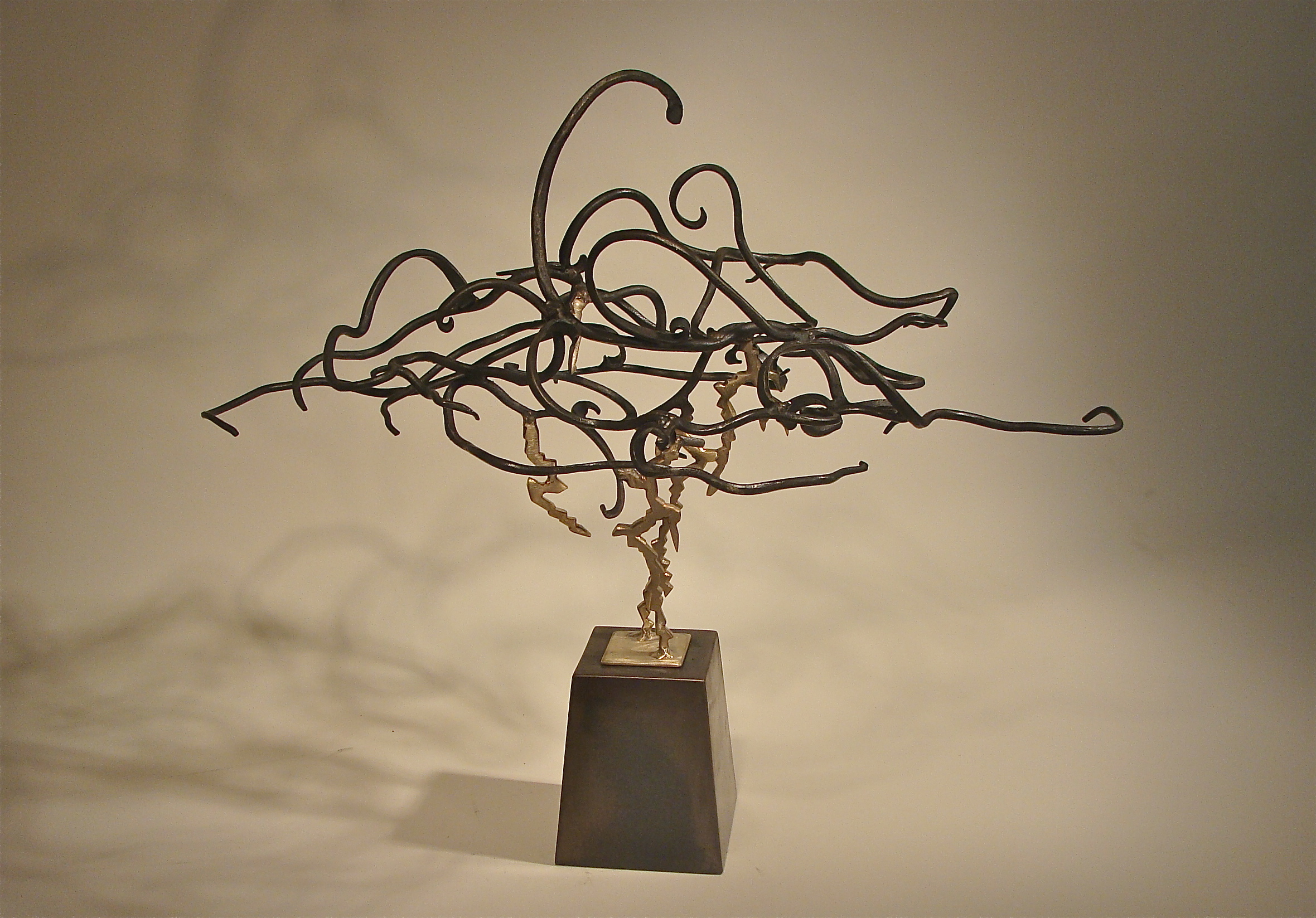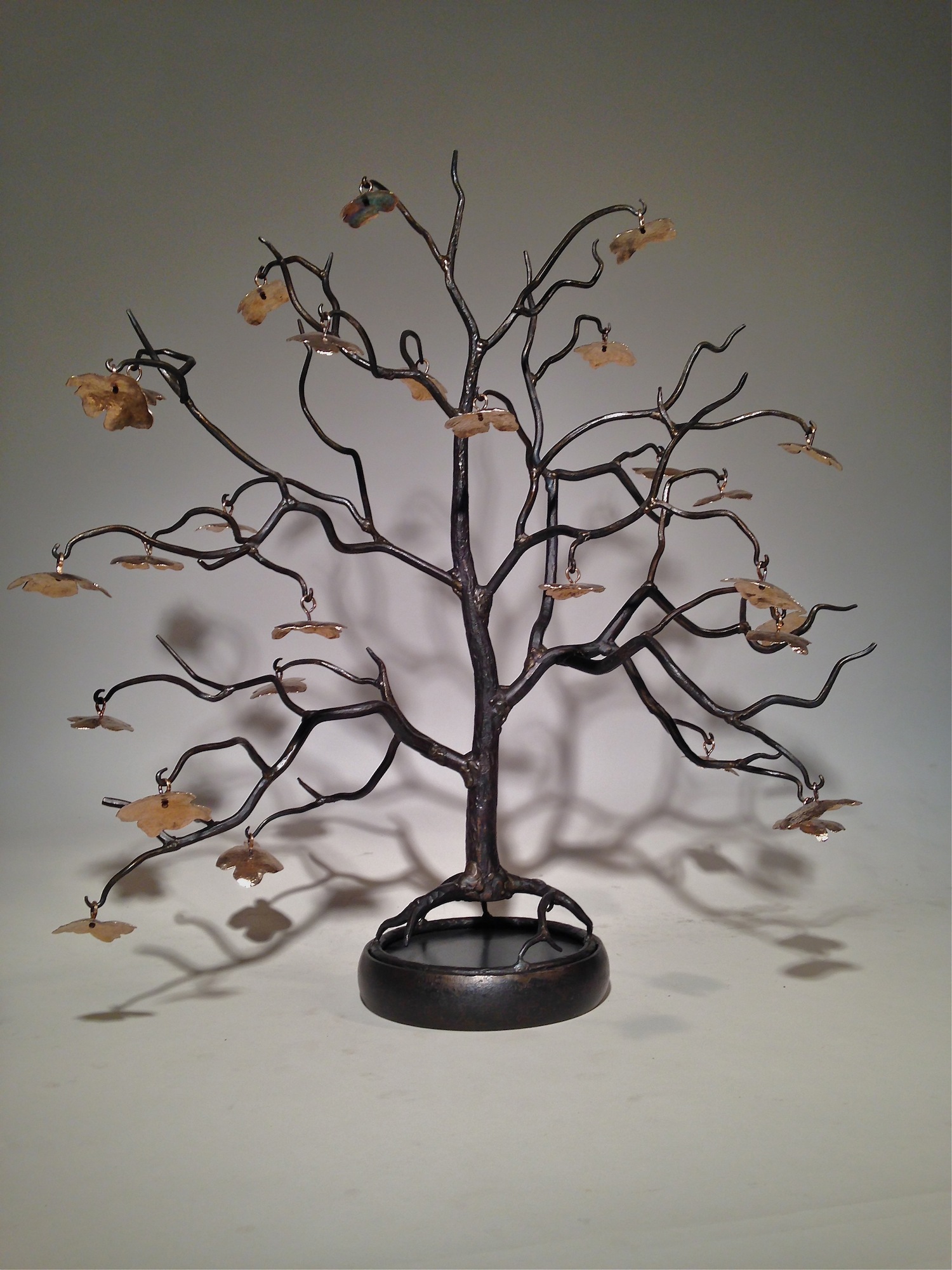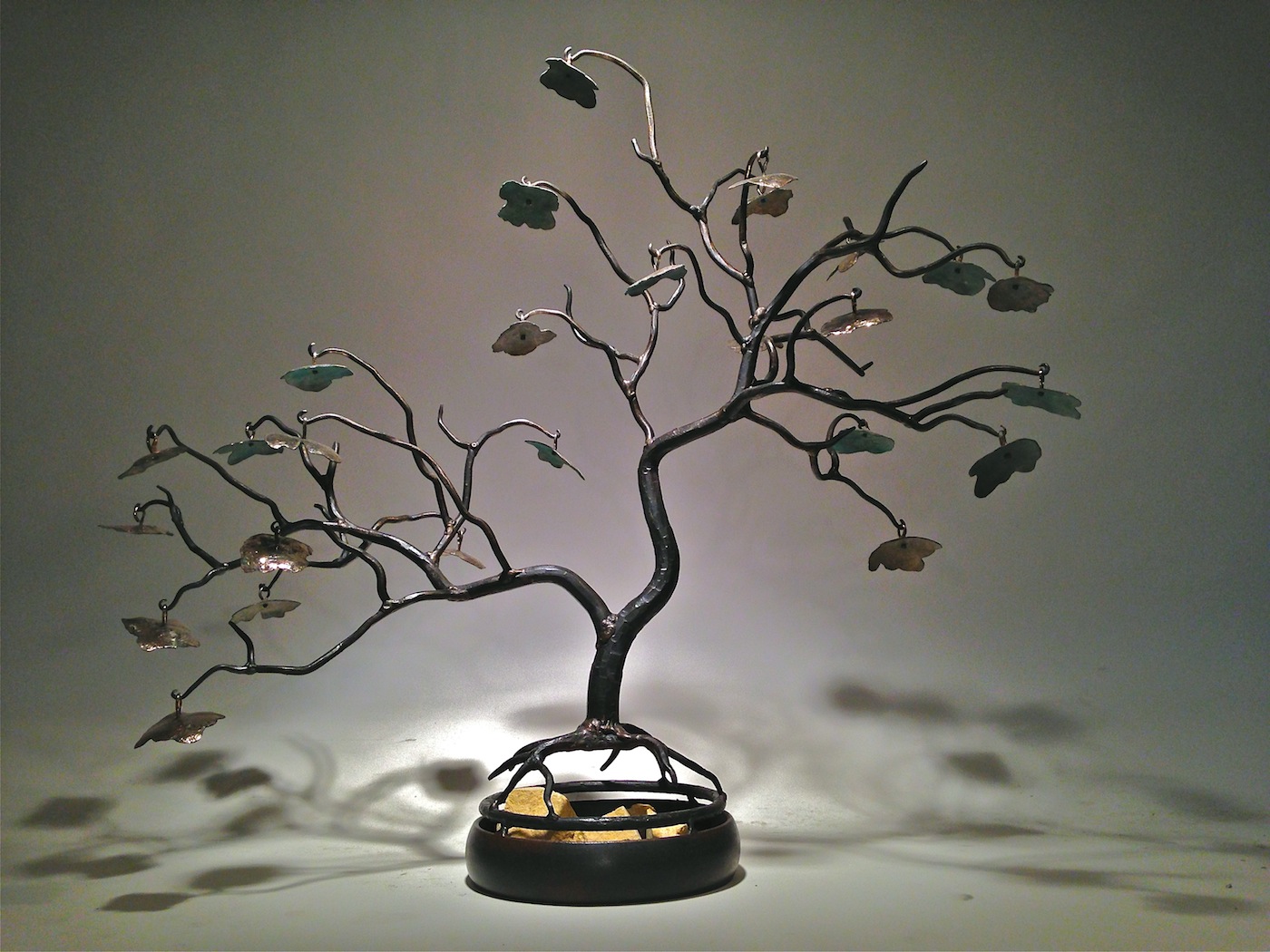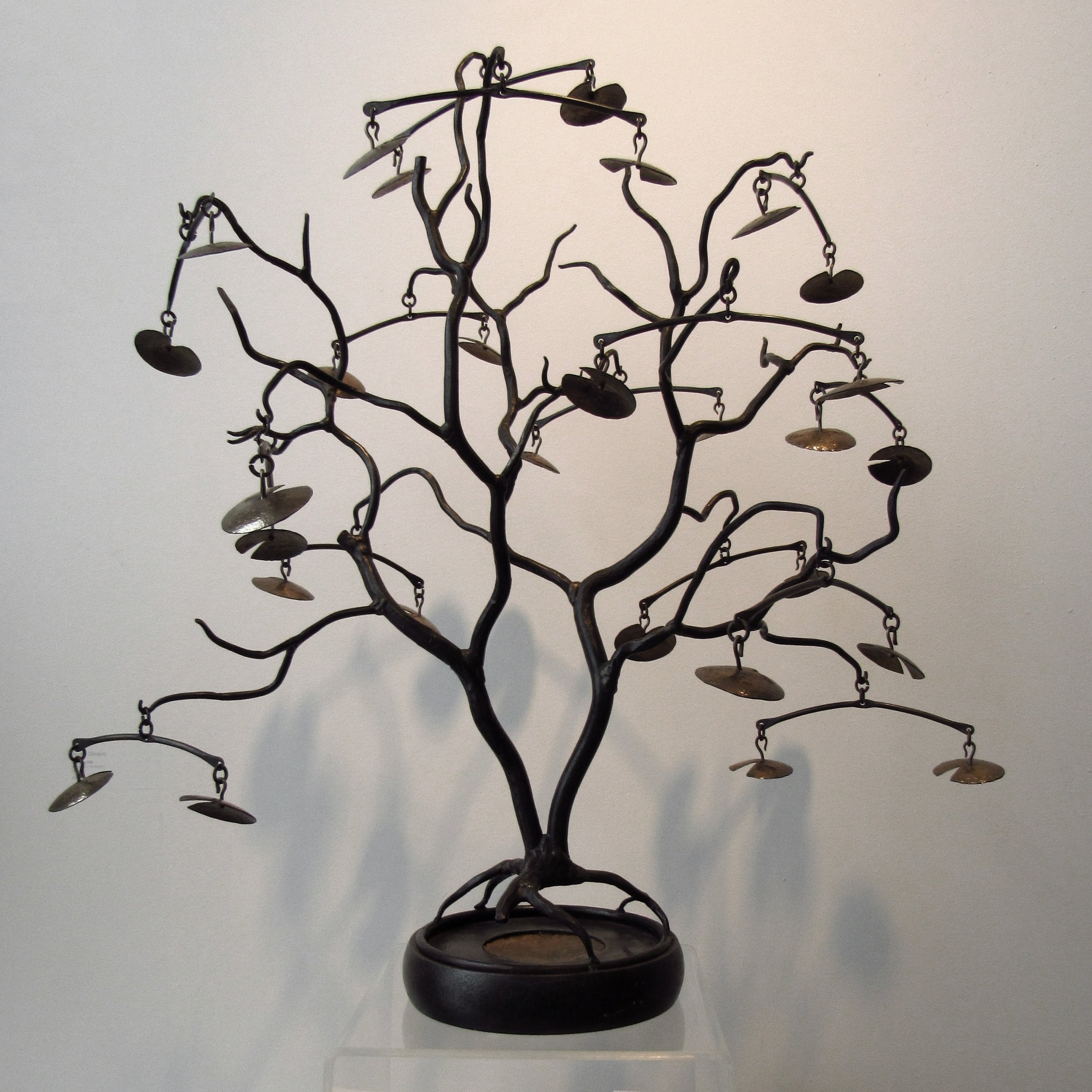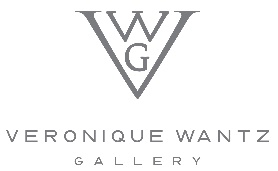Who is, or has been, the biggest influence on your art?
Very hard to say, I’ll name several artists who are inspirational, Michelangelo, Leonardo, Kline, Picasso, Johns, Zaha Hadid, Gehry, Olmsted, Calder, Calatrava, Frank Lloyd Wright, Horta, Di Suvero, the Surrealists, Noguchi, Mondrian, all the sculpture parks I have had a chance to visit, the unnamed blacksmiths of history… the list goes on and on. I really like what Seitu Jones is doing in the twin cities using art as a social engine. I think the important thing is keep looking and seeking out things that inspire your creativity and get you back to the pursuit of your work.
Which of your works is your personal favorite and why?
I guess that would be The Minneapolis / St. Paul Sculpture Grotto, a sculpture garden I built in a courtyard next to my studio. The piece continues to evolve after 8 years and I would like to believe is a creativity engine that facilitates connections between people. Please take a look at the Facebook page for images.
Of all your travels, which city or place inspires you the most? Why?
I am very fortunate to have had a chance to travel and been exposed to many images, places, people, and cultures. I highly recommend traveling as much as you can afford and then keep going.
What is your creative process like?
Much of my work is commission based as it often requires customized install, so there is a series of negotiations and planning required for a successful outcome. For a secure sculpture installation a site visit is a must. When pursuing a work, I have a plan of of sorts and usually several drawings to reference during the build. The process is finding the way to get there. I am currently focusing on kinetic sculptures.
What is something quirky or unexpected about you that most people don’t know?
I am an aspiring gourmand but have a tendency to make some odd flavor combinations. Sometimes improvisation works and sometimes it really tastes kinda weird.
How has your practice changed over time?
My practice has been a slow build. The most important decision was to rent space and create the studio. Since then it has been a careful balancing act of accumulating skill sets and tools to accomplish a variety of projects, developing a network of clients and patrons. At times one is forced to work on projects that don’t reflect the current state of my art practice but do keep the lights on and welders running. An artist must protect their time to make art in the chaotic swirl of everyday living.
